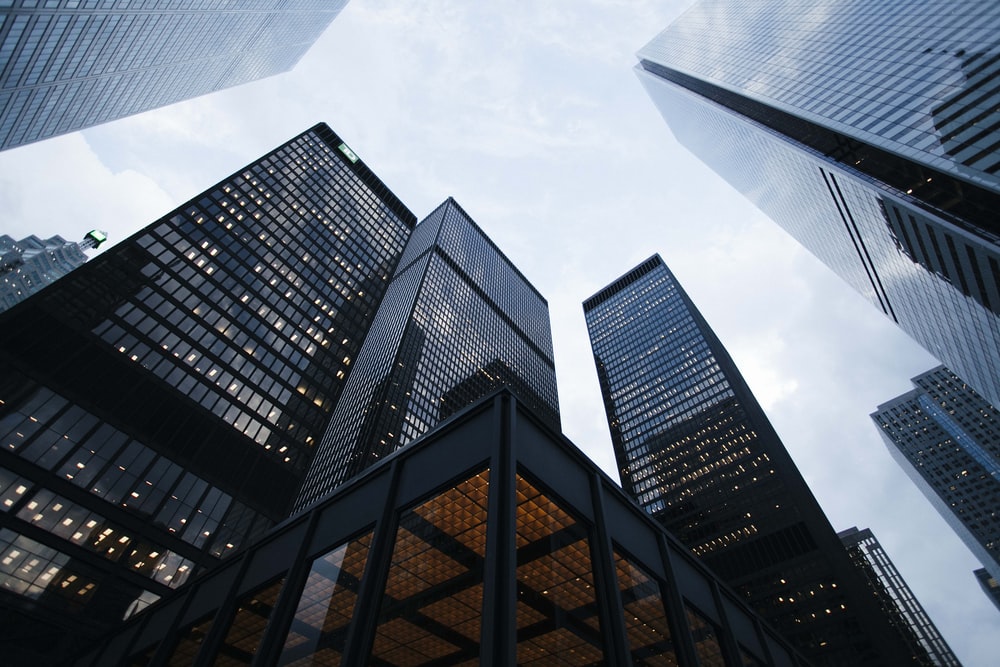
The Trends that Will Influence Architecture in 2019
Posted on 3rd May 2019
1. Ways of Living: Greater Interest in Small Scale Homes
The Tiny Houses (+75% YoY) concept emerged strongly at the beginning of 2018. Whether it is a movement in response to ideological or financial situations, architects have become more involved in the development of practical and innovative solutions for small spaces. We can also include the interest for- living in dense urban centers, leading to the challenge of designing basic housing programs for spaces under 40 m2. (Searches related to Small Apartments increased by 121% in 2018).
2. Inclusive Architecture: First-Rate Design for Diverse Populations
Accessibility (+108% YoY), Universal Design (+116%) and Inclusive Architecture (+132%) were some of the most searched concepts on ArchDaily in 2018. In previous years the focus was mostly on architecture for children and reduced mobility, whereas this year we saw more searches related to Architecture for the Elderly (+78% YoY) and different capacities related to mental health (Architecture & Mental Health +101% YoY; Space Psychology +210% YoY) and visual impairments (Architecture for the Blind +250% YoY).
3. The Middle-East: Underrepresented Territories in Evidence
Just as we saw increasing interest in emerging practices in Latin America (+103.82% YoY) in the last two years, in 2018 we also saw an increase in searches related to the Middle East (+124% YoY). The conflict in Syria (+93% YoY) placed architects’ focus on Rebuilding (+102% YoY). In addition, global events peaked the interest of architects due to the magnitude of the structures involved. Both the city of Dubai (+104% YoY), which will be the host of World Expo 2020, and Qatar (+220% YoY), which will host the next soccer 2022 World Cup, increased considerably in search queries. Hashim Sarkis (+236% YoY), the Lebanese architect who was appointed curator of the Architecture Exhibition for the next Venice Biennial (2020), was one of the most searched persons during 2018.
4. Construction Industry: The Digital Future of Infrastructure
Work within Construction Sites (+378% YoY) is changing rapidly due to the implementation of new technologies that improve productivity and efficiency. The influence of BIM systems (+50% YoY), modular construction (+75% YoY) and prefabrication (+99% YoY) allow for the realization of controlled processes Off-Site (+200% YoY). Meanwhile, 3D printing (+70% YoY), Automation (+118% YoY) and Artificial Intelligence (+234% YoY) make us think, without astonishment, of a future in which construction sites will be free of humans.
5. Gender Equality: A Major, Ongoing Moment of Public Debate
Architecture is inextricably linked to the social and political contexts in which it resides and as the participation and visibility of women was ever more strongly positioned in public debate, searches linked to Gender Equality (+244% YoY) and Women in Architecture (+70%) in ArchDaily throughout 2018 increased considerably. The discussion of Gender (+128% YoY) in recent years has openly incorporated the concept of sexual identity, which in a way has had an impact on the field of architecture, increasing the amount of searches for the term Transgender (+95% YoY) in our search engine.
6. Transport: Increase in Speed and Comfort of Urban Trajectories
Interest in matters related to Public Transport (+206% YoY) and Mobility (+143% YoY) increased over those related to private means of transport. The main points of interest were mainly self-driving cars(+160% YoY) and electric cars (+177% YoY).
7. Urban Design and Resource Management: Greener and More Collective Cities
Natural resources such as water (Water Management +84% YoY) and soil have taken center stage in urban discussions, and the concept of Landscape Urbanism (+103% YoY) is positioned firmly amongst them. Permaculture (+101% YoY) is positioned as a system of design principles that originate from the agricultural, social, political and economic fields. From this, other movements also emerge, such as Urban Farming (+60% YoY) and Urban Agriculture (+84% YoY), as well as the recovery of Public Spaces(+99% YoY) through Activations (+226% YoY) managed by the Community (+76% YoY) itself.
8. Recycling Spaces: The Continuing and Increased Importance of Reuse
Recycling (+145% YoY) and Ecological Awareness (+103% YoY) have not been absent from the debate surrounding the industry with one of the largest carbon footprints in the world: Construction. Faced with this concern, some architects have identified solutions within the Sustainable City (+165% YoY) systems that stop growing (Degrowth +208%) through renovation (+82% YoY) and rehabilitation(+68% YoY) of spaces, and through the design of Adaptive Re-Use Projects (+154% YoY).
9. Materials: Focusing on Details and Local Techniques
Related to the environmental consciousness of the previous item, this year we will continue to see a preference for the use of local materials (+83% YoY) and techniques, as well as interest in low cost materials (+260% YoY). Regarding systems, last year we noticed an increase in construction details(+110% YoY), indicating a concern to better address all parts of a project.
10. The House of the Future: Robotics and Automation for Domestic Life
Interest in smart cities has been around for quite a while, but the last year has seen the strengthening of a particular trend within the concept: Smart Houses (+160% YoY) or Smart Homes (+166% YoY). Technologies associated with Automation (+118% YoY), Robotics (+208% YoY) and Algorithms (+190% YoY) join architecture to bring us solutions that increase comfort within our homes, through Domotics(+450% YoY).
